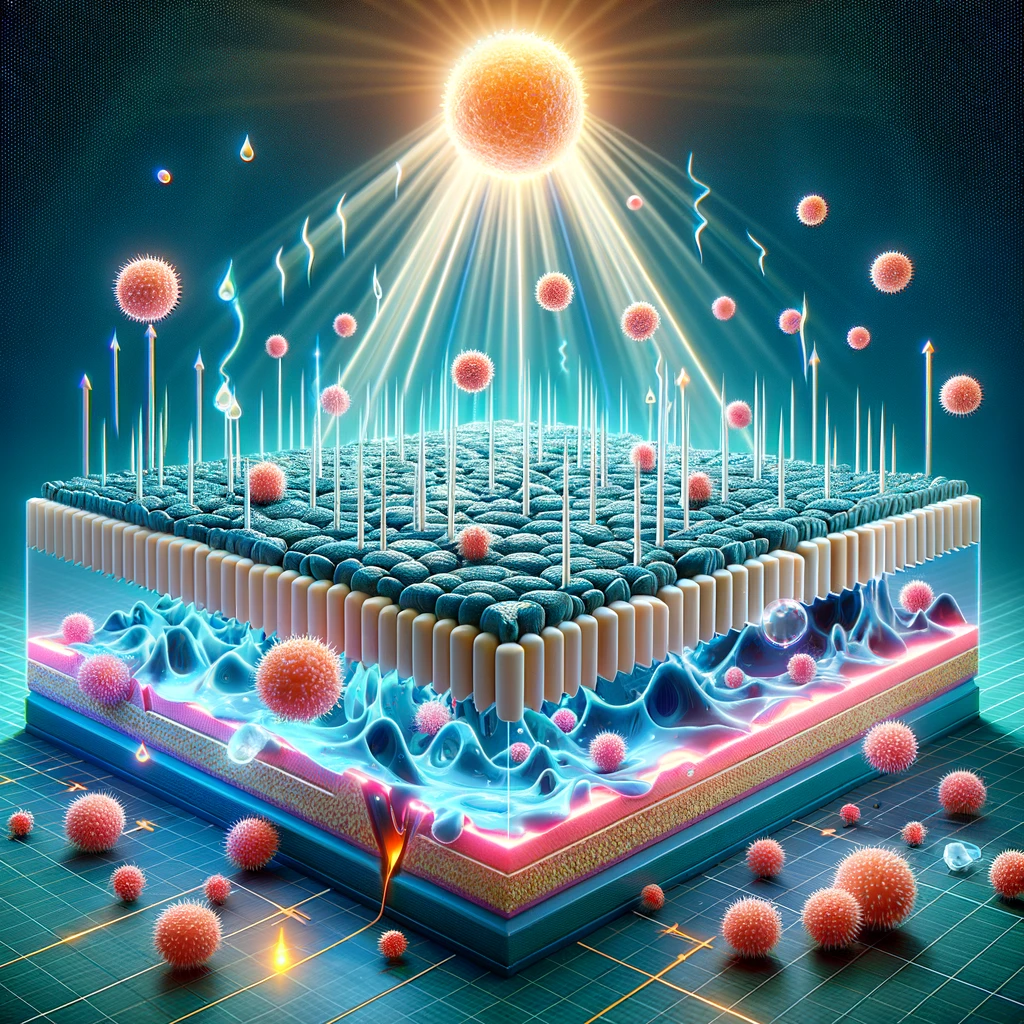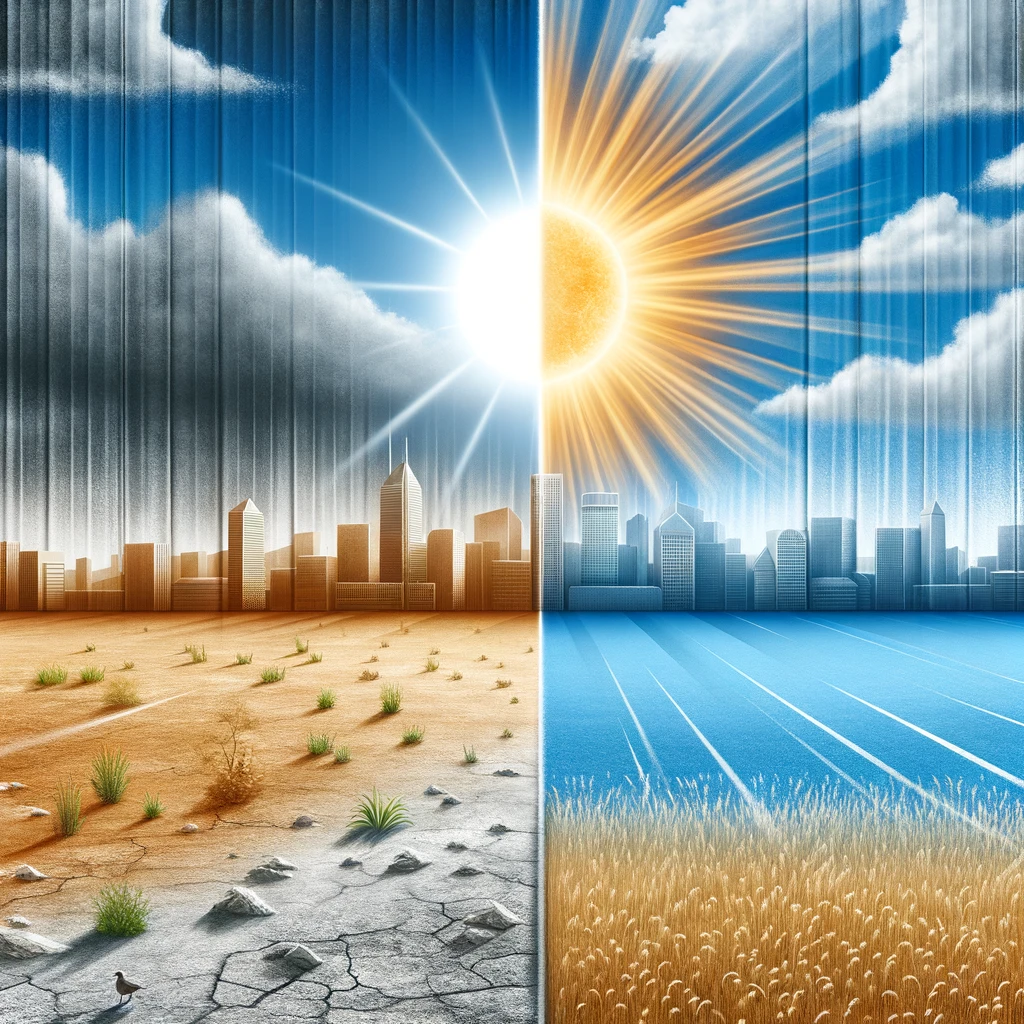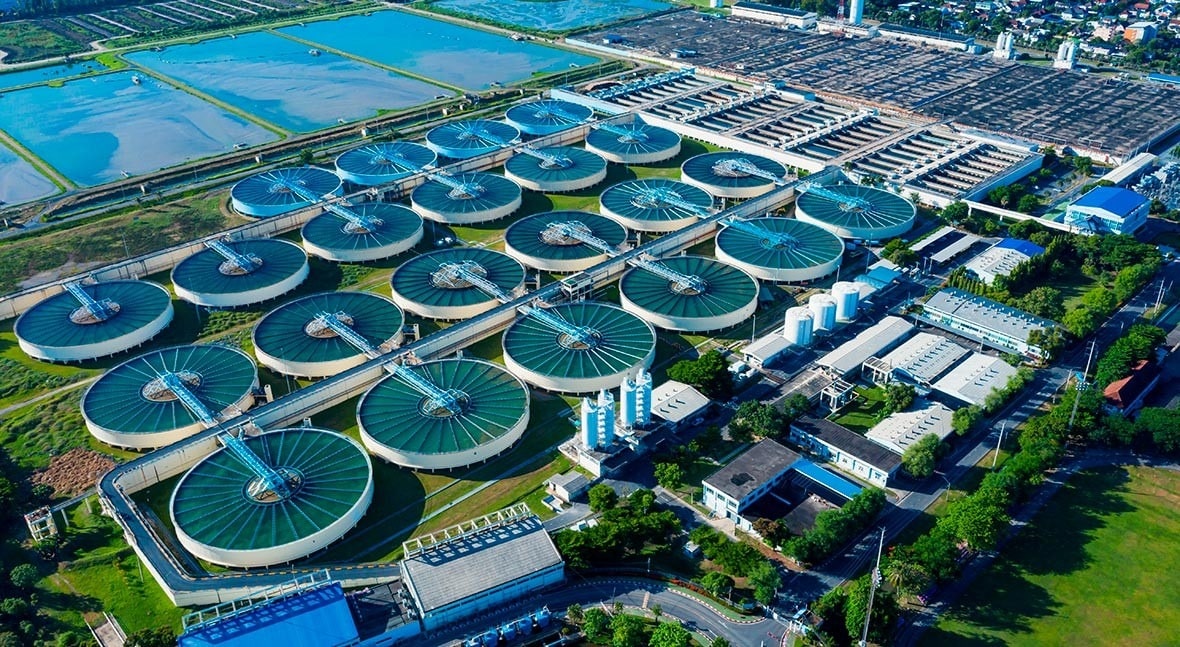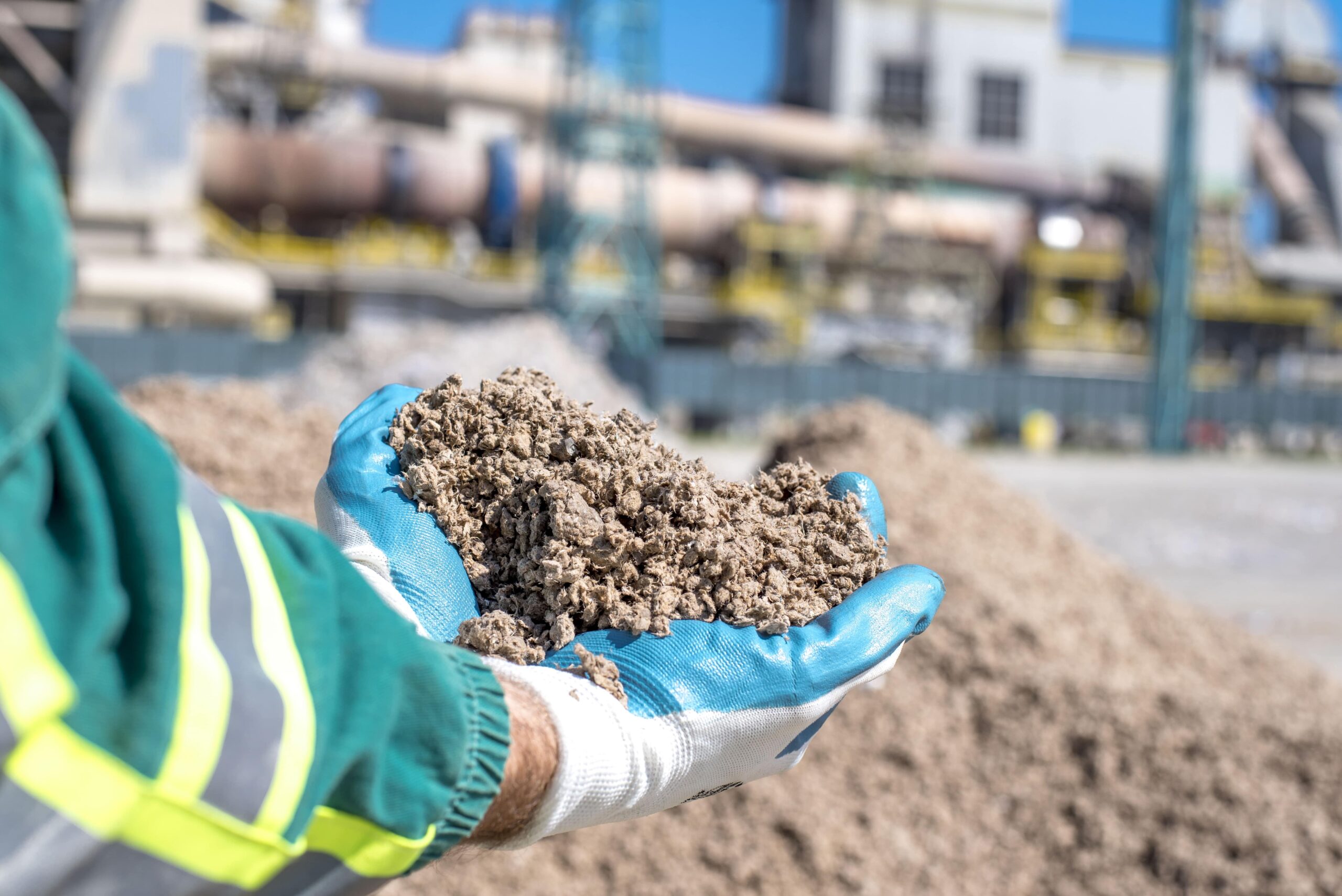Table of Contents
UV Exposure Effects on Coatings and the realm of material science, understanding how environmental factors affect the longevity and performance of coatings is crucial. Ultraviolet (UV) radiation, an omnipresent component of sunlight, poses a significant challenge to the durability of coatings. This article delves into the UV Exposure Effects on Coatings , highlighting the mechanisms of degradation, the implications for various applications, and strategies for enhancing UV resistance.

The Unseen Threat of UV Radiation
UV radiation, particularly from the sun, can have profound effects on coatings applied to outdoor structures, vehicles, and equipment. Over time, this invisible threat can lead to fading, chalking, and the breakdown of chemical bonds within the coating matrix, compromising both aesthetic and structural integrity. Understanding these effects is essential for developing more resilient coatings.
Mechanisms of UV-Induced Degradation
Breaking Down the Bonds
At the molecular level, UV Exposure Effects on Coatings leads to photo-oxidation, a process where UV photons break chemical bonds, leading to the formation of free radicals. These reactive particles further attack the polymer structure of coatings, accelerating degradation and leading to loss of mechanical properties and color fading.
Applications and Implications
From Buildings to Bridges: A Spectrum of Vulnerability
The impact of UV Exposure Effects on Coatings are not uniform; it varies significantly across different types of coatings and their applications. Architectural coatings on buildings, protective layers on bridges and infrastructure, and finishes on automotive surfaces all face varying degrees of UV-induced wear, underscoring the need for tailored protective strategies.
Advancements in UV-Resistant Coatings
Innovating Against the Invisible
Significant advancements have been made in enhancing the UV resistance of coatings. Incorporation of UV absorbers, HALS (Hindered Amine Light Stabilizers), and nanoparticle additives are among the innovative approaches used to improve the longevity of coatings under UV exposure. These technologies work by absorbing or scattering UV radiation, preventing it from penetrating the coating and reaching the underlying material.
Case Studies: Success Stories in UV Exposure Effects on Coatings
Bridging Gaps with Innovation
Case studies from industries such as automotive manufacturing and infrastructure development illustrate the successful application of UV-resistant coatings. These examples highlight how advanced coatings can preserve the appearance and functionality of materials exposed to harsh sunlight over extended periods.
Looking Forward: The Future of UV-Resistant Technologies
Beyond Resistance: The Path to Self-Healing Coatings
The future of coatings technology is not just about resisting UV damage but also about healing it. Research is increasingly focused on developing coatings that can not only prevent UV degradation but also repair it, promising a new generation of materials with unprecedented durability.
Illuminating the Path to Durability
The journey to understanding and mitigating the effects of UV exposure on coatings is ongoing. As research advances, the development of more effective UV-resistant coatings will continue to play a critical role in protecting our built environment and the materials we rely on every day. The impact of UV radiation on coatings is a complex challenge, but through innovation and application of new technologies, it is one that can be increasingly managed

FAQs:
1. Why are coatings vulnerable to UV exposure?
Coatings are vulnerable to UV exposure due to photo-oxidation, where UV light breaks down chemical bonds, leading to degradation
2. How can coatings be protected against UV damage?
Coatings can be protected through the use of UV absorbers, HALS, and nanoparticle additives that either absorb or deflect UV radiation.
3. What are the future trends in UV-resistant coating technologies?
Future trends include the development of self-healing coatings that can repair UV-induced damage, enhancing the durability and lifespan of coated surfaces.




